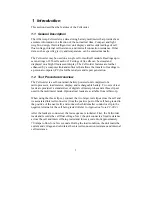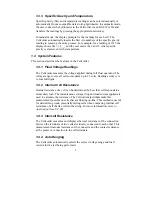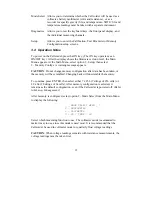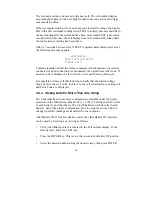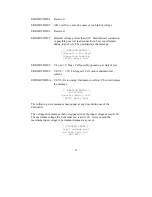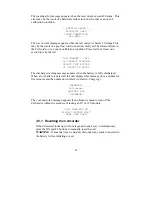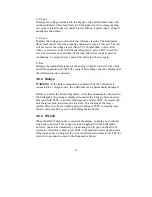
11
Cellcorder resistance measurements should be used in conjunction with baseline
information on the batteries being maintained. Either obtain the cell resistance
baseline data from the battery manufacturer or Albércorp, or acquire it with a
capacity test.
Take Cellcorder readings according to the table above; the resistance readings
dictate which battery string should be subjected to capacity testing. If one or
more cells exhibit cell resistance 30% to 40% higher than the average or baseline
value, then those cells should be capacity tested using a single cell tester, such as
the Albércorp SCT-200. If the majority of cells are above the normal expected
readings, then the entire string should be capacity tested.
3.2 Before Using the Cellcorder
Check that the Cellcorder carrying case contains two sets of test leads, the battery
charger module, and the RS-232 cable.
Prior to testing, charge the Cellcorder for at least eight hours to guarantee six
hours of battery operation. If the batteries wear down during testing, plug in the
charger module and keep testing. If the battery is overdischarged, let the unit
charge for 15 to 30 minutes before using it plugged into the AC.
Data readings are stored in EEPROM memory chips and are not affected if the
batteries are fully discharged.
Verify the Cellcorder is calibrated or has been calibrated within the last year. The
easiest way to check calibration is to read a known voltage and use a known
shunt as an intercell connector. (Refer to
Calibration
.)
3.3 General Operating Notes
At power up, the Cellcorder displays the Main Menu:
_ _ MAIN MENU _ _ *
1 - MODE SELECT
2 - DIAGNOSTICS
3 - SETUP
An asterisk ( * ) on the top right of the menu indicates memory configuration is
7 x 256. Each menu function is explained in detail in following sections. The
Main Menu functions are as follows:







